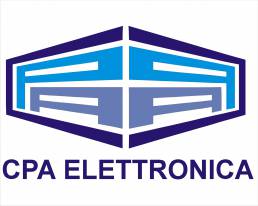SANIRAIL - PCO TECHNOLOGY
The Sanirail sanitization system is based on PCO (Photocatalytic Oxidation) technology, which imitates and reproduces what happens in nature by means of a process which, thanks to the combined action of the UV rays of the sun, of the air moisture and some noble metals present in nature, generates oxidizing ions capable of destroying most of the polluting and toxic substances. The photochemical reaction generated by PCO allows, therefore, to destroy pollutants with a natural active principle, in particular bacteria, viruses, molds, allergens, VOCs. Sanirail modules, hit by the air flow, generate a photochemical reaction that binds an additional molecule of oxygen (O) to the pre-existing ones of hydrogen and oxygen of the humidity present in the air (H2O), thus generating hydrogen peroxide and hydroxyl radicals. Hydrogen peroxide (H2O2), more commonly known as hydrogen peroxide, generated by the photocatalytic reaction in minimal quantities – not exceeding 0.02 PPM – has a very high efficacy in the destruction of the microbial load, both in the air and on the surfaces. Diffused and dragged by the air flow, the hydrogen peroxide makes its sanitizing action effective both on the surfaces of the air ducts and in the ambient air and even by falling on the surfaces of the treated rooms.
ACTIVE SANITIZATION

The PCO technology of the Sanirail modules exploits the combined action of the rays of a special UV lamp with a catalyst structure consisting of a metal alloy with a honeycomb matrix, mainly composed of TiO2 (titanium dioxide) and other noble metals. The air, with its moisture (H2O), passes through the module made up of a square or penta-metallic alloy. Thanks to the action of a high intensity UV lamp, a photochemical oxidation reaction is initiated which binds an extra oxygen molecule to those of H2O; hydrogen peroxide (H2O2), widespread in the surrounding environment, allows safe, effective and above all complete sanitation, as it is able to destroy most of the polluting compounds such as bacteria, viruses, molds, allergens and odors.
TEST RESULTS
Scientific tests, conducted by laboratories, demonstrate the effectiveness of photocatalytic oxidation technology in reducing the bacterial load present in the environment. The tests were carried out over a period of 24 hours


